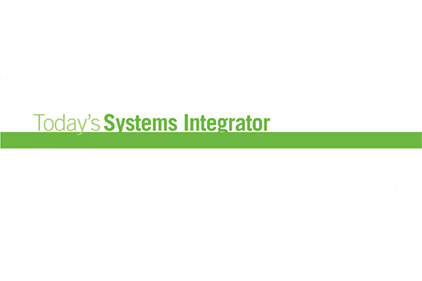I continue to be amazed with my role as a grandparent — it lights up my life. Recently I spent time outside on the porch, one-on-one with my grandson, deeply engaged in a game of checkers. Over the hour we played and talked about a lot of things. When I would say something, he would persistently ask, “Why?” Sometimes I would answer why only to be asked again — “Why?”
He left me thinking. When I returned to work I started asking why. My first why came when I was presented with a plan to add a new product line that would focus on a new market segment, introducing us to new accounts. Wow — who doesn’t want new accounts? I asked, Why is it that we are attempting to sell new products to new clients in a market that we are not familiar with? The response was that the product was the latest and greatest. We also needed new clients and if we didn’t pick up this product we would lose out on the market opportunity. Have you heard this before?
When I think about the challenges we face as integrators in selecting which products/solutions to bring to market, I think about three things:
1. The level of financial investment (training, marketing, equipment, etc.) to bring it to market,
2. the amount of time it takes to become cash positive, and
3. the extent of the impact it has on the working capital for the business.
With the vast amount of new products being released and the constant advocating by suppliers to expand their sales, we find ourselves besieged with new requests. But the fact is we only have so much time and capital to invest before we become over-leveraged and lose our business agility.
If you know me, you would say I am sales-centric and entrepreneurial. However, in these times we need to answer “why” before we invest in new products and markets to make sure the investment is the right one at the right time.
Here are some tips I have learned based on an educational event I attended with Bruce Stewart of Channel Corp. Of course, he is the expert so check him out — but this is my own rendition and opinion based on my experiences.
The least investment and quickest way to profit is by selling existing products to existing accounts.
The next quickest return on investment is selling new products to existing accounts or selling existing products to new accounts. In both cases, on average, you invest $0.30 and see a return of $1 and cash flow positive, on average, in 100 days. You usually can have a couple of these in play, but you should spread them out over time so you can focus on deep penetration.
The third quickest return on investment is selling existing products to new markets or new product vendor lines to existing accounts. In both cases, on average, you invest $0.60 and see a return of $1 and cash flow positive on average in 120 days. These require more investment in money and time, and need to be balanced with other initiatives. A good tip is to balance carefully this investment with your other investments in order to avoid an onslaught of new products, markets and selling motions that will drag down sales and create financial stress over time.
The biggest investment is when we go into new markets with new products or new technologies, such as cloud, to new accounts. In both cases, on average, you invest $1.20 and start to see a beginning return of $1 over time. The level of time and investment is substantially greater than any of the other scenarios presented. In addition, the amount of distraction to the organization and time-to-market are greatly increased. Cash flow positive is measured in quarters instead of months, with an average of four to six quarters to cash positive and sometimes up to eight quarters before you achieve actual profits. The safe tip is to never have more than one of these types of investments going on at a time, especially if you are financing this internally with cash flow.
Cash is king, so make sure you have done your homework and have a solid investment strategy with aligned metrics before you take new technologies to market. Don’t underestimate the impact on your sellers and bottom line when expanding your business.
Always ask “why?” and don’t be afraid to say no even if it is a good solution, but not the right time.










